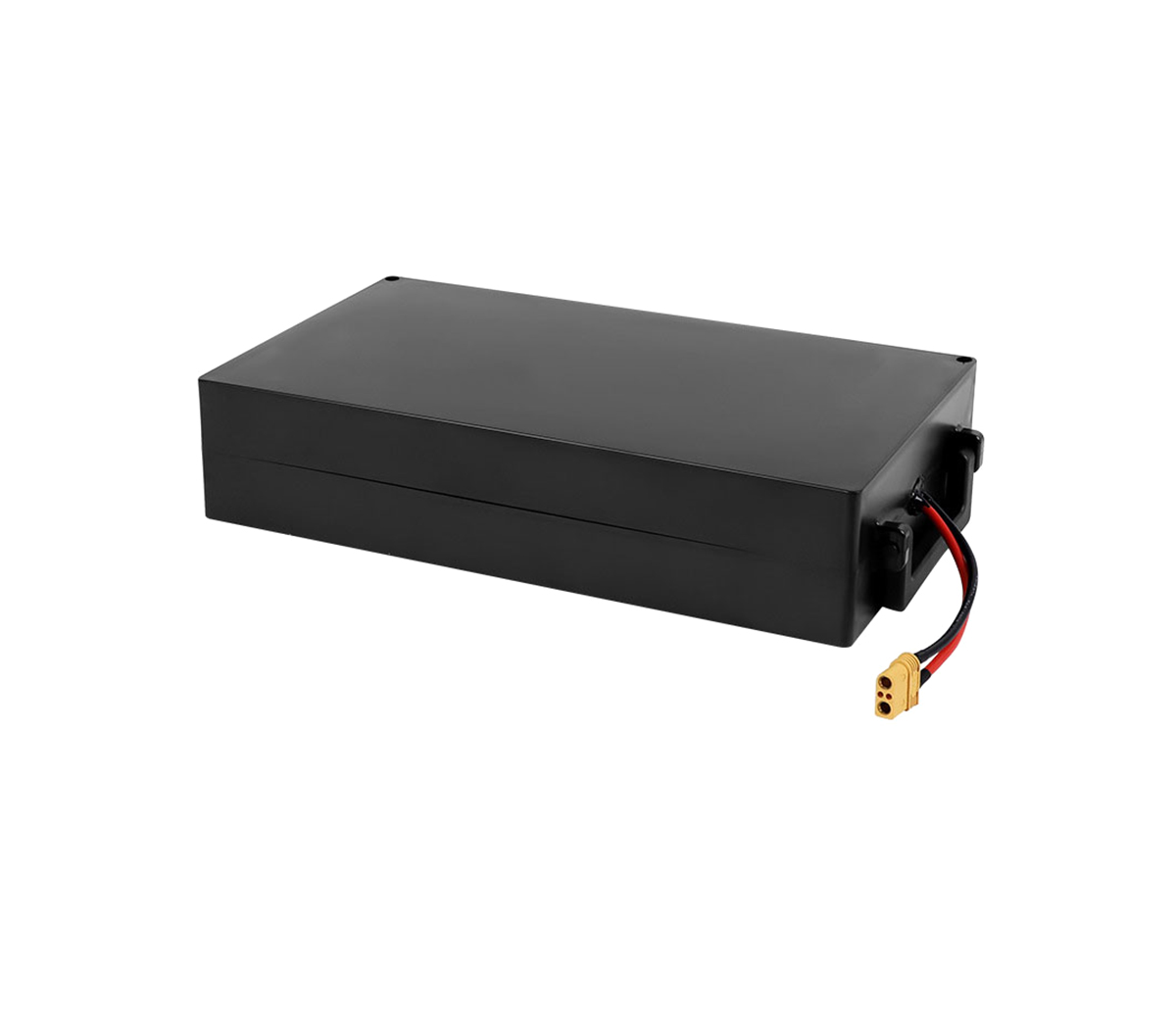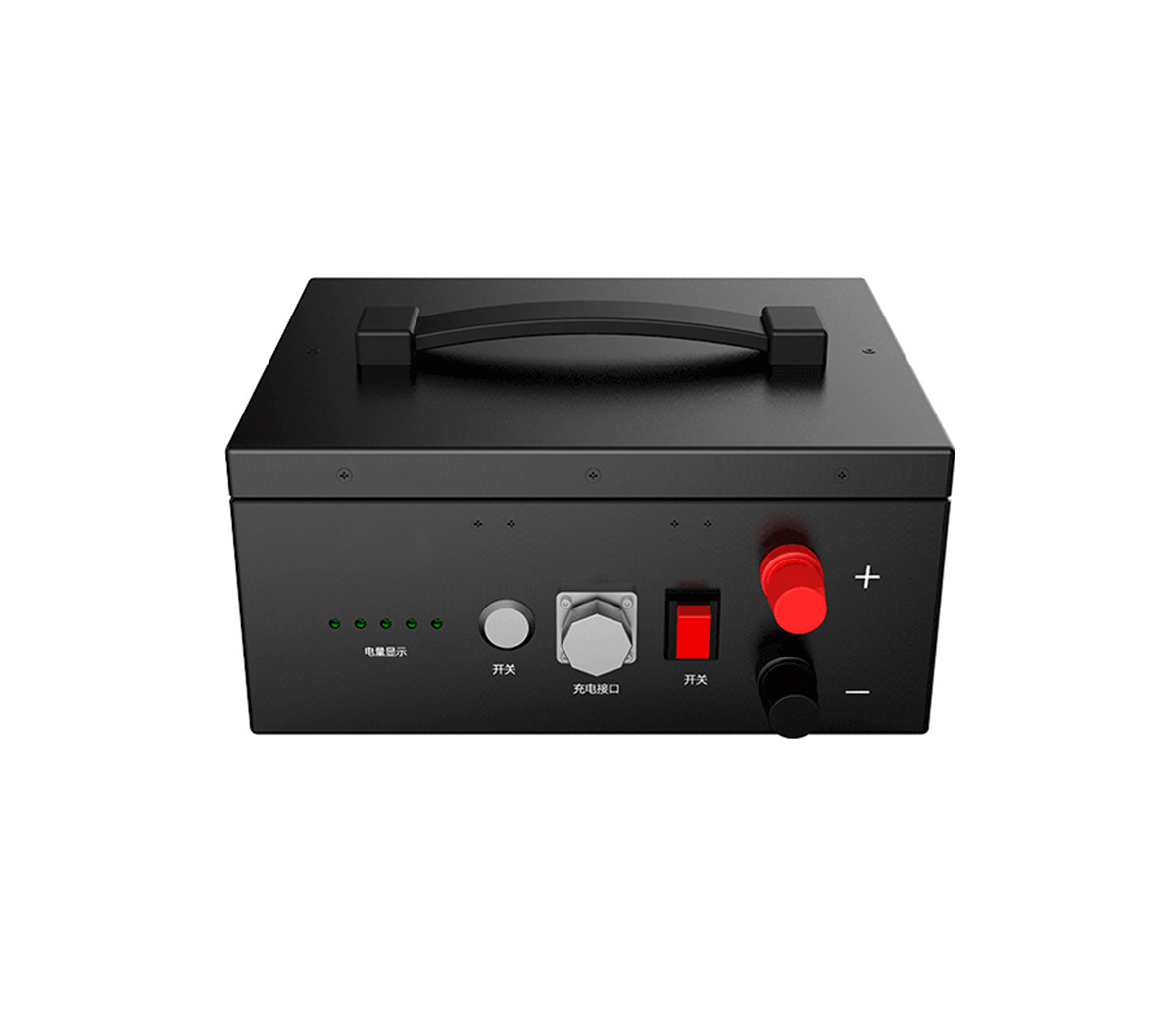Brief analysis of the development trend of core technology of power lithium
battery
A few days ago, big news in the domestic power battery industry broke out
frequently. First, SAIC entered the power battery sector, and it married with
Ningde Times, the second largest power battery company in China and the third
largest power battery company in the world, to establish a power battery system
company. Then there was news that BYD would spin off. The power battery
department will open its doors or supply to all car companies, and there are
reports that this move may change the global market structure. Moreover, the
domestic electric vehicle market has ranked first in the world in terms of
production and sales for two consecutive years, with a cumulative promotion of
more than 1 million vehicles, accounting for more than 50% of the global market.
China surpasses the United States to take the top spot in the electric vehicle
market. It can be said that the electric vehicle industry has unlimited
prospects and rapid development. The key lies in the improvement of power
battery technology.
The development of electric vehicles requires better batteries. The
specific energy, life, safety and price of power batteries are essential to the
development of pure electric vehicles. Among them, lithium-ion batteries, which
have the advantages of high specific energy and long life, are currently the
most practical and valuable electric vehicle batteries, and are widely used in
hybrid vehicles, pure electric vehicles and fuel cell vehicles. The current
technical level of commercial power batteries and the expected achievable goals
in the next 10 years are shown in Figure 1. However, these indicators are often
contradictory in actual product production, and battery-related performance
needs to be weighed and considered. The improvement of battery performance needs
to take into account the performance of electrode materials, electrolytes, and
diaphragms. At the same time, the follow-up of assembly technology, battery
system grouping, and management technology is also crucial. This article aims to
summarize the current development achievements of power batteries with
lithium-ion batteries as the core from the aspects of battery material
technology, single battery design and manufacturing technology, and battery
system technology, while looking forward to the future!
Lithium cobalt oxide battery. In recent years, electric vehicle
manufacturer Tesla has used this computer battery to drive electric vehicles.
This material can also be mixed with lithium manganate to make vehicle power
batteries. The domestic NCA precursor has formed a stable production capacity. A
few companies have completed the development of NCA cathode materials and are in
the process of product promotion. Lithium iron phosphate batteries have high
safety and long life. At present, nano-sized power materials and high-density
lithium iron manganese phosphate materials are developing rapidly. The
performance of high-energy and high-power materials tends to be stable, and the
cost is further reduced. Gradually satisfying the domestic market demand and the
need for the promotion of new energy vehicles in China at this stage,
high-voltage spinel lithium nickel manganese oxide and high-voltage
high-specific-capacity lithium-rich manganese-based cathode materials are still
under development.
Figure 2 Lithium-ion battery electrode material system
anode material
Anode materials that can be used in power batteries include graphite,
hard/soft carbon and alloy materials. Graphite is currently a widely used anode
material, and its reversible capacity can reach 360mA·h/g. Amorphous hard carbon
or soft carbon can meet the needs of higher rate and lower temperature
applications of batteries, and they are beginning to be applied, but they are
mainly mixed with graphite. Lithium titanate anode material has the best rate
performance and cycle performance, and is suitable for high-current fast
charging batteries, but the produced batteries have lower specific energy and
higher cost. Nano-silicon was proposed for high-capacity anodes in the 1990s.
Improving the capacity of carbon anode materials with a small amount of
nano-silicon doping is a hot spot in current research and development. Anode
materials with a small amount of nano-silicon or silicon oxide have begun to
enter small batches. In the application stage, the reversible capacity reaches
450mA·h/g. However, due to the volume expansion of lithium after being inserted
into silicon, the problem that the cycle life will be reduced in actual use
needs to be further solved.
electrolyte
Lithium ion battery electrolyte is generally mixed with high dielectric
constant cyclic carbonate and low dielectric constant linear carbonate.
Generally speaking, the electrolyte of lithium ion battery should meet the
requirements of high ionic conductivity (10-3~10-2S/cm), low electronic
conductivity, wide electrochemical window (0~5V), and good thermal stability
(-40~60℃) ) And other requirements. Lithium hexafluorophosphate and other new
lithium salts, solvent purification, electrolyte preparation, and functional
additives technology continue to advance. The current development direction is
to further increase its working voltage and improve battery high and low
temperature performance. Safe ionic liquid electrolytes and solid electrolytes
are under development.
diaphragm
Polyolefin microporous membrane is the main product in the lithium-ion
battery separator market due to its excellent mechanical properties, good
electrochemical stability, and relatively low cost [7]. Including polyethylene
(PE) single-layer film, polypropylene (PP) single-layer film and PP/PE/PP
three-layer composite microporous film. There are many domestic manufacturers
that use dry process production, and many companies have mass production of wet
process PE diaphragms. With the promotion of ceramic coating technology,
high-temperature and high-voltage diaphragms will become the direction of future
research and development.
2, single cell technology
So far, the basic design of lithium-ion batteries is still the same as
SONY’s patent application published in 1989. The shapes of the monomers are
cylindrical, square metal shell (aluminum/steel) and square soft pack bulk.
Cylindrical batteries were originally used in notebook computers. Now Tesla and
other companies use 18650 cylindrical batteries for electric vehicles. The
prismatic battery generally has a large capacity, and the battery core is made
by winding, Z-shaped lamination, winding + lamination, positive-coated film
lamination, and lamination + winding. Cylindrical batteries have the most mature
technology and lower manufacturing costs, but large cylindrical batteries have
poor heat dissipation capabilities, so small cylindrical batteries are generally
used. The car battery pack has a large capacity and a large number of batteries,
and the management system is more complicated and expensive. The manufacturing
process of the wound structure battery in the prismatic battery is relatively
simple, but it is mainly suitable for the soft pole piece battery. This method
can be used for batteries using lithium iron phosphate and ternary materials in
addition to the spinel cathode material. The laminated battery with high
reliability and long life is suitable for various material systems. The
batteries of the GM Volt plug-in hybrid electric vehicle and the Nissan Leaf
pure electric vehicle are manufactured by the laminated technology. By 2015, the
specific energy of lithium iron phosphate battery will reach 140W·h/kg, and the
specific energy of ternary material mixed lithium manganate battery will reach
180W·h/kg. The specific energy of the small cylindrical battery of NCA is
adopted internationally. To reach 240W·h/kg, the specific energy of lithium-ion
single cells will further increase in the next few years, and it is expected to
reach 300W·h/kg by 2020.
3, battery system technology
From the perspective of commercial lithium-ion power battery systems, key
core technologies include battery pack technology (integrated battery pack,
thermal management, collision safety, electrical safety, etc.), battery
management system (BMS) electromagnetic compatibility technology, and signal
accuracy Measurement (such as cell voltage, current, etc.) technology, accurate
estimation of battery state, battery balance control technology, etc.
Figure 3 Simple power battery system diagram
The other key core components of BMS and battery systems, including
sensors, controllers, actuators, and other components, are basically monopolized
by powerhouses in automotive electronics technology (Germany, Japan, and the
United States). At present, some domestic enterprises have successfully
developed smart meters, which can replace foreign current, voltage, and
insulation sensors. The primary factor affecting the promotion and application
of electric vehicles is the safety and cost of use of lithium-ion power
batteries. In addition to the further improvement of the safety, life and
consistency of the battery body, battery modular technology and battery pack
technology (integrated battery packs, Thermal management, collision safety,
electrical safety, etc.) also have a significant gap with foreign countries. At
present, the battery pack technology of international automobile companies is
relatively mature, and domestic research units have carried out more in-depth
research in BMS electromagnetic compatibility technology, accurate signal
measurement technology, accurate battery state estimation, and battery balance
control technology.
The research and development of key technologies for battery power
management include comprehensive battery electrochemical models, electrical
safety design, battery state estimation, balance management, fault diagnosis and
calibration, and charging management. The key technology of battery thermal
management and system research and development need to study the heat
dissipation effect of different thermal management technologies based on the
structural design of the battery pack and the calculation and analysis of
battery heat production, so as to obtain a battery thermal management cooling
solution with low cost, simple process, and strong safety and reliability. . The
light weight of the battery structure needs to take the battery system and the
related structure of the vehicle as the research object, consider the mutual
coupling characteristics, and carry out the integrated optimization of
structural vibration resistance, impact resistance and lightweight from two
aspects of structural design optimization and material selection. Design key
technology research work. Optimize the design schemes of component materials,
structural design, connection, etc. In terms of battery safety, it is necessary
to carry out the overall safety scheme design research of the battery system on
the basis of electrical safety, mechanical safety and thermal safety, and carry
out fault diagnosis and prediction for the battery system , The key technology
of thermal safety monitoring, early warning and prevention and control.
4. Outlook
For a long period of time in the future, lithium-ion batteries will still
be the most suitable battery for electric vehicles. Lithium manganate cathode
materials, ternary system cathode materials, lithium iron phosphate cathode
materials, composite carbon anode materials, ceramic coating separators,
electrolyte salts And the development of functional electrolyte technology has
supported the progress of battery technology and industrial development. Battery
system technology advances in application, and safety and reliability will be
further improved in the next few years.
Research on the life model of lithium-ion power battery and its influencing
parameters, research on the characteristics of battery grouping methods,
research on the balancing strategy of high-efficiency and large-capacity
lithium-ion battery packs, single battery charging and discharging thermal model
and group battery pack temperature field analysis and control methods Research,
optimization of fast charging methods for group batteries, etc. are yet to be
carried out. The power battery system should be redesigned in conjunction with
the entire vehicle product, and the design and manufacturing mode should be
upgraded according to the needs of future vehicle power batteries. At the same
time, efforts should be made on the entire industry chain of power battery basic
materials, battery manufacturing and system technology to improve product
quality. Reduce the cost of large-scale production and enhance industrial
competitiveness.


































